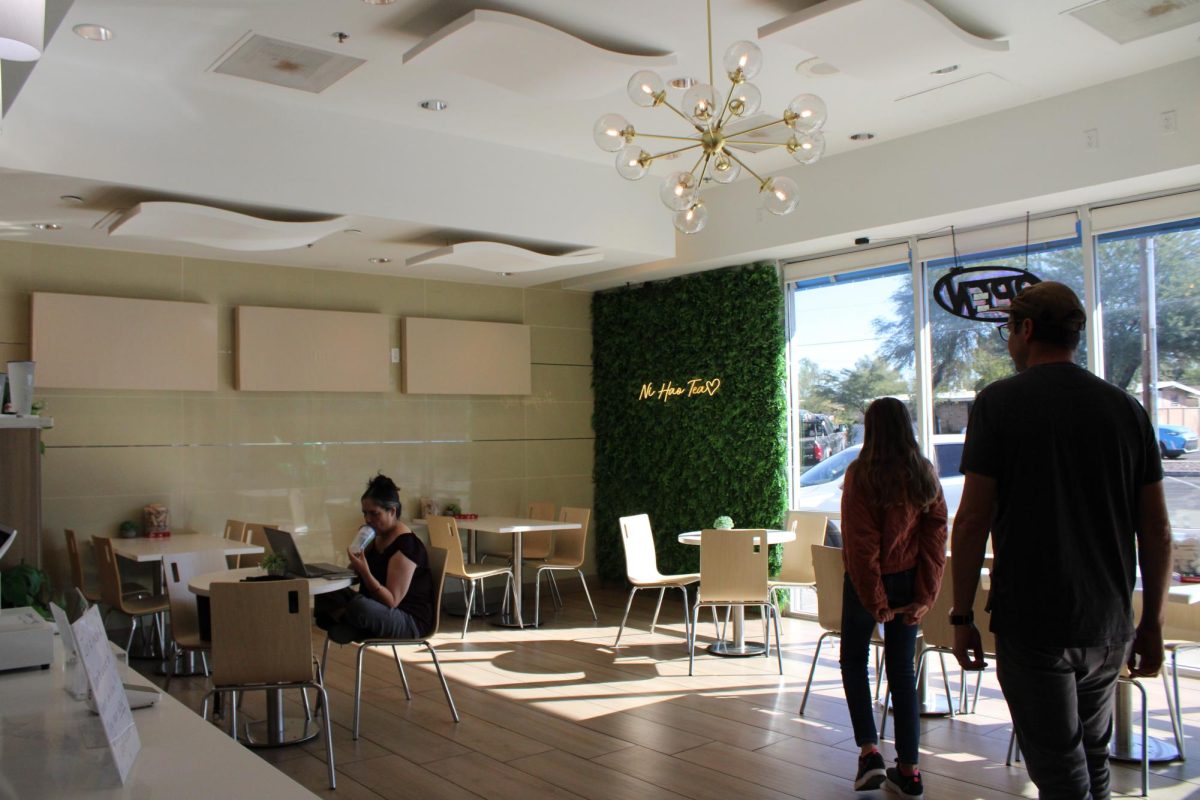For many UA students, meals are gulped down between classes, homework, meetings and work. There’s barely any time to sit down, let alone slow down. But if you’re vegetarian or vegan, grabbing a quick bite on campus can be a risky endeavor.
It’s a stray piece of bacon in your breakfast burrito, a chunk of chicken in your tofu stir-fry, a hidden bit of ham in your salad. It’s the horrifying moment of realization: was that meat I just tasted? For anyone who hasn’t eaten animals or animal products in months, years or even decades, that accidental ingestion can be devastating. While a small bite may not make a person physically sick, it can harm one’s mind and conscious.
It also makes eating stressful. It’s hard to enjoy a stir-fry when you’re examining every bite for unwelcome proteins. It’s annoying to have to deconstruct a burrito or wrap to ensure there’s nothing unwanted tucked away inside. Mealtime shouldn’t cause paranoia and vegetarian or vegan-only restaurants shouldn’t be the only places in which herbivores feel safe eating their food without checking it first.
This isn’t to say that the UA doesn’t provide vegetarian and vegan options. It most certainly does and the veggie burgers and tofu dishes tend to be well-made and delicious. Unfortunately, options and variety aren’t the problem. The menu looks good, but the methods and prep need some adjusting.
One thing I’ve noticed is that On Deck Deli in the Student Union Memorial Center uses two different knives to cut sandwiches. One has a red handle, used on sandwiches containing meat, and the other has a green handle which, as you probably guessed, is used only on meatless sandwiches. This is a perfect example of how easy it can be to accommodate vegetarians and vegans. Different colored knives help prevent cross-contamination and allow everyone to eat their lunch without stress.
It’s also difficult to keep vegetables and meats separate when they’re being cooked on the same grill. That seems to be the most likely culprit for stray bits of meat landing in stir-fries or burritos. Again, the solution for this isn’t complicated: simply designate one stove or grill vegetables only and one for meat. Mark them with different colors to avoid confusion and the amount of accidental overlap should decrease dramatically.
Another helpful adjustment would be adding a section on cooking for vegetarians and vegans to the training workers receive prior to beginning their jobs. Awareness of the fact that some people are getting accidental pieces of meat in their dishes could make chefs more careful in what they cook and how they prepare it. Tagging orders as vegetarian or vegan would also help those preparing the food be extra vigilant about what’s going into the dish.
The UA has great options for everyone. The real trick now is to ensure that everybody can fully enjoy the food they’re eating as they rush between classes, friends and everything else that makes up college life.
Follow Marissa Heffernan on Twitter.








